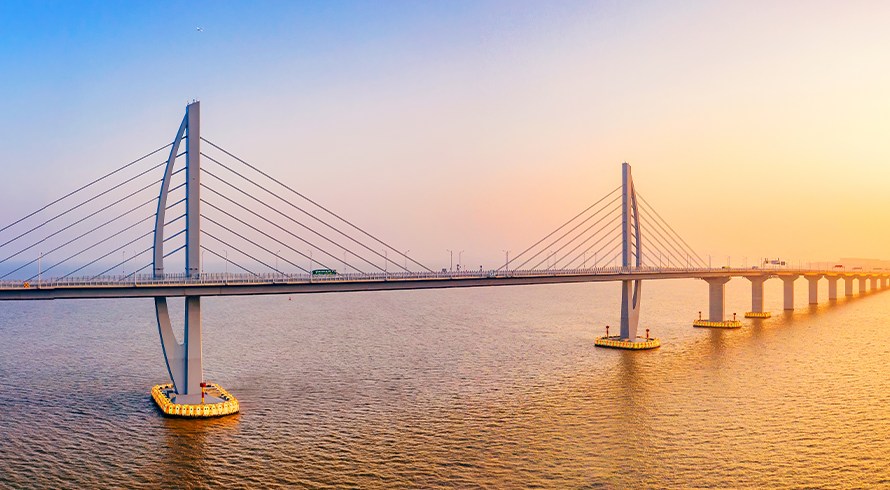Rooftop solar, South Africa’s option to immediately address loadshedding
At a glance
- Loadshedding in South Africa has had a severe impact on the economy and citizens' well-being, prompting discussions on finding solutions.
- The government has implemented electricity policies, including Independent Power Producers Procurement Programmes (IPPPP) and amendments to the Energy Regulation Act, to address capacity constraints and encourage embedded electricity generation.
- Introducing rooftop solar feed-in schemes for corporate and residential buildings could provide immediate relief for the national grid, align with climate change commitments, and stimulate investment in solar installations, with Vietnam serving as a successful case study. However, challenges such as initial capital costs, financial implications for grid operators like Eskom, and ensuring inclusivity need to be addressed.
The South African Government has, perhaps not at the pace required, implemented various electricity policies to try alleviate the pressure on the national grid, while transitioning away from coal. The Independent Power Producers Procurement Programmes (IPPPP) were finally rolled out following a long delay, with risk mitigation and the fifth and sixth bidding rounds being held between 2020 and 2022. While several preferred bidders have been selected and some have reached financial close, the construction periods range between 18 to 24 months for most projects. The recent amendments to the Energy Regulation Act 4 of 2006, especially the removal of the 100MW threshold for embedded electricity generation, has encouraged several companies to establish their own embedded electricity generation facilities, with several large mining and industrial companies aiming to achieve carbon neutrality between 2035 and 2050.
While IPPPP projects serve to address capacity constraints on the national grid, and large-scale renewable embedded generation presents electricity security to industry while lessening the demand on the grid, these developments cannot provide the immediate relief required to address loadshedding. A possible solution to provide immediate relief for the national grid, and one which is aligned with South Africa’s international climate change commitments and the just energy transition towards a carbon neutral economy, will be to introduce rooftop solar feed-in schemes for corporate and residential buildings.
Feed-in tariff
The South African Government published an Energy Action Plan in July 2022 (Energy Action Plan) which sets out the plan to end loadshedding in South Africa. The Energy Action Plan outlines five specific actions to address the current electricity shortfall, with one of the actions being to “unleash businesses and households to invest in rooftop solar”. In order to encourage rooftop solar installations at business and household level, Eskom intends to develop a feed-in tariff for small-scale embedded generators (SSEG) and National Treasury will consider the expansion of tax incentives for residential and commercial installations. It was announced during the 2023 budget speech that “individuals who install rooftop solar panels from 1 March 2023 will be able to claim a rebate of 25 per cent of the cost of the panels, up to a maximum of R15 000. This can be used to reduce their tax liability in the 2023/24 tax year. This incentive will be available for one year”. Feed in of electricity means the feeding of unused electricity back into the grid, where a person may receive credit on their electricity bill or receive payment as per the agreed feed-in tariff. This was further emphasised by President Ramaphosa, during the 2023 state of the nation address, “to incentivise greater uptake of rooftop solar, Eskom will develop rules and a pricing structure – known as a feed-in tariff – for all commercial and residential installations on its network.” A recent update on the progress made within the last six months since the publication of the Energy Action Plan, provides that a net metering tariff was submitted to the National Energy Regulator of South Africa for approval and that work is underway to develop a net billing framework for municipalities.
Vietnam case study
The installation and roll-out of rooftop solar systems at national level has seen success in other countries. Vietnam saw tremendous growth of rooftop solar installations for residential, commercial and industrial premises between 2019 and 2020. The success comes with the implementation of two successful feed-in tariff rounds during 2019 and 2020, whereby generous feed-in tariffs were provided, with 9,35 US cents/kWh for 2019 and 8,38 US cents/kWh for 2020. The feed-in tariff rounds resulted in adding over 16,449GWp in the space of two years, with more than 9GW of rooftop solar installed during 2020 which resulted in over 100,000 rooftop solar systems deployed over residential, commercial and industrial premises.
Vietnam’s success can be used as an example by South Africa to also encourage rooftop solar installations. We have already seen South Africa following this approach in the Western Cape, with the City of Cape Town’s recent announcement that businesses and residents will be paid for feeding surplus electricity into the grid, with a feed-in tariff of R1.04/kWh, which is 25c per kWh more than the approved feed-in tariff of 78,98c/kWh, in order to encourage investing into SSEG. The success of this feed-in scheme will be watched and monitored in order to see if the model can be implemented across other municipalities in South Africa.
Balancing costs and benefits
The roll-out of rooftop solar at such a large scale will come with its teething problems, with some of the challenges being the initial capital cost required to install solar systems, which may result in the exclusion of low-income households from participating in and benefiting from solar feed-in schemes. It is also important to ensure that feeding back into the grid makes financial sense to owners. With additional costs such as bi-directional flow meters, possible connections fees, stringent connection and installation requirements and municipal requirements, feeding back into the grid may result in an additional expense if not regulated properly. The expansion of rooftop solar also holds a potential challenge for Eskom, with more businesses and middle-class homes biting the bullet to install rooftop solar, Eskom will likely see a decline in use from regular paying customers, resulting in further financial woes for the embattled state entity.
The potential is there for South Africa to quickly add additional capacity to its ailing grid by encouraging the installation of rooftop solar on corporate and residential buildings. We have heard all the right things being said and will wait to see if the regulation thereof will encourage rooftop solar to become a beacon of light during dark times.
The information and material published on this website is provided for general purposes only and does not constitute legal advice. We make every effort to ensure that the content is updated regularly and to offer the most current and accurate information. Please consult one of our lawyers on any specific legal problem or matter. We accept no responsibility for any loss or damage, whether direct or consequential, which may arise from reliance on the information contained in these pages. Please refer to our full terms and conditions. Copyright © 2025 Cliffe Dekker Hofmeyr. All rights reserved. For permission to reproduce an article or publication, please contact us cliffedekkerhofmeyr@cdhlegal.com.
Subscribe
We support our clients’ strategic and operational needs by offering innovative, integrated and high quality thought leadership. To stay up to date on the latest legal developments that may potentially impact your business, subscribe to our alerts, seminar and webinar invitations.
Subscribe




